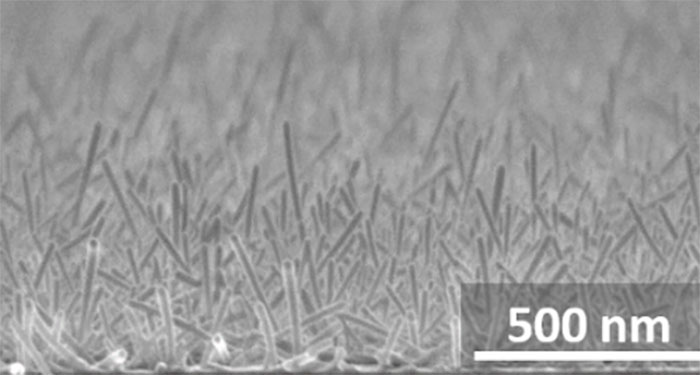Flash Physics is our daily pick of the latest need-to-know developments from the global physics community selected by Physics World‘s team of editors and reporters

Solar-energy computer model available to public
A computer model that predicts the energy output of solar-energy systems has been made freely available to the public by its creators at the Solar Energy Institute of the Technical University of Madrid, Spain. When a solar-energy system is installed at a specific location, precise local information about annual solar-radiation levels and ambient temperatures are needed to make accurate predictions of how much energy will be generated. Often this information is not available for new sites, which is where the software comes in. The online version of the software is called SISIFO and it uses available meteorological and other information to predict energy output for timescales as short as seconds, which allows the real-time performance of a facility to be predicted. Its creators say that the model has been compared with data from more than 200 weather stations and the deviations have been found to be less than 2%.
Physicist Persis Drell named next Stanford provost

Physicist Persis Drell will be the next provost of Stanford University in the US. Drell is the current dean of the Stanford School of Engineering and was previously director of the SLAC National Accelerator Laboratory. Her appointment, recently announced by Stanford president Marc Tessier-Lavigne, will take effect on 1 February 2017. The provost serves as the chief academic officer and chief budgetary officer for the university and works in close partnership with the president to provide overall leadership for the campus. “Persis is a bold, visionary, inclusive and collaborative leader who has demonstrated the capacity and versatility to quickly master complex leadership roles,” says Tessier-Lavigne. He adds that Drell is an “enthusiastic and dedicated citizen of the Stanford community, widely known for her warmth and spirit”. Drell, 60, grew up on the Stanford campus – her father was well-known theoretical-physicist Sidney Drell – and was the first woman to head SLAC as well as the first to be dean of the Stanford School of Engineering. “For me, this is about helping our students achieve their potential to lead fulfilling lives and have an impact on the world,” says Drell. She adds that she will support “our faculty in doing the brilliant research and teaching that also have an impact on the world, and addressing issues important to our community, including moving toward a professoriate that reflects our student body”.
Production time cut for nanostructure gas sensors

A simple and quick way to produce gas sensors based on tiny nanostructures has been developed by researchers in Japan. Gas sensors based on semiconductor nanostructures have been around for a while and are used in a range of applications including analysing human breath samples. They work by detecting the changes in electrical conduction that occur when molecules of interest adhere to the surface of a superconductor. The sensitivity of such a detector increases with the surface area available for adhesion and surfaces patterned with nanostructures offer an extremely large surface area. However, creating nanostructure patterns involves a number of complicated and time-consuming manufacturing steps. Now, Tohru Sugahara and colleagues at Osaka University have cut the time needed to make nanostructured sensors for detecting volatile organic compounds (VOCs) by a factor of 10. Their one-step fabrication process involves placing a precursor material on a substrate and heating it to produce an array of molybdenum-trioxide nanorods. The researchers say that they are able to create VOC sensors with responses comparable to “top-of-the-line” sensors made using traditional methods.
- You can find all our daily Flash Physics posts in the website’s news section, as well as on Twitter and Facebook using #FlashPhysics. Tune in to physicsworld.com later today to read today’s extensive news story on a new type of aeroplane wing.



